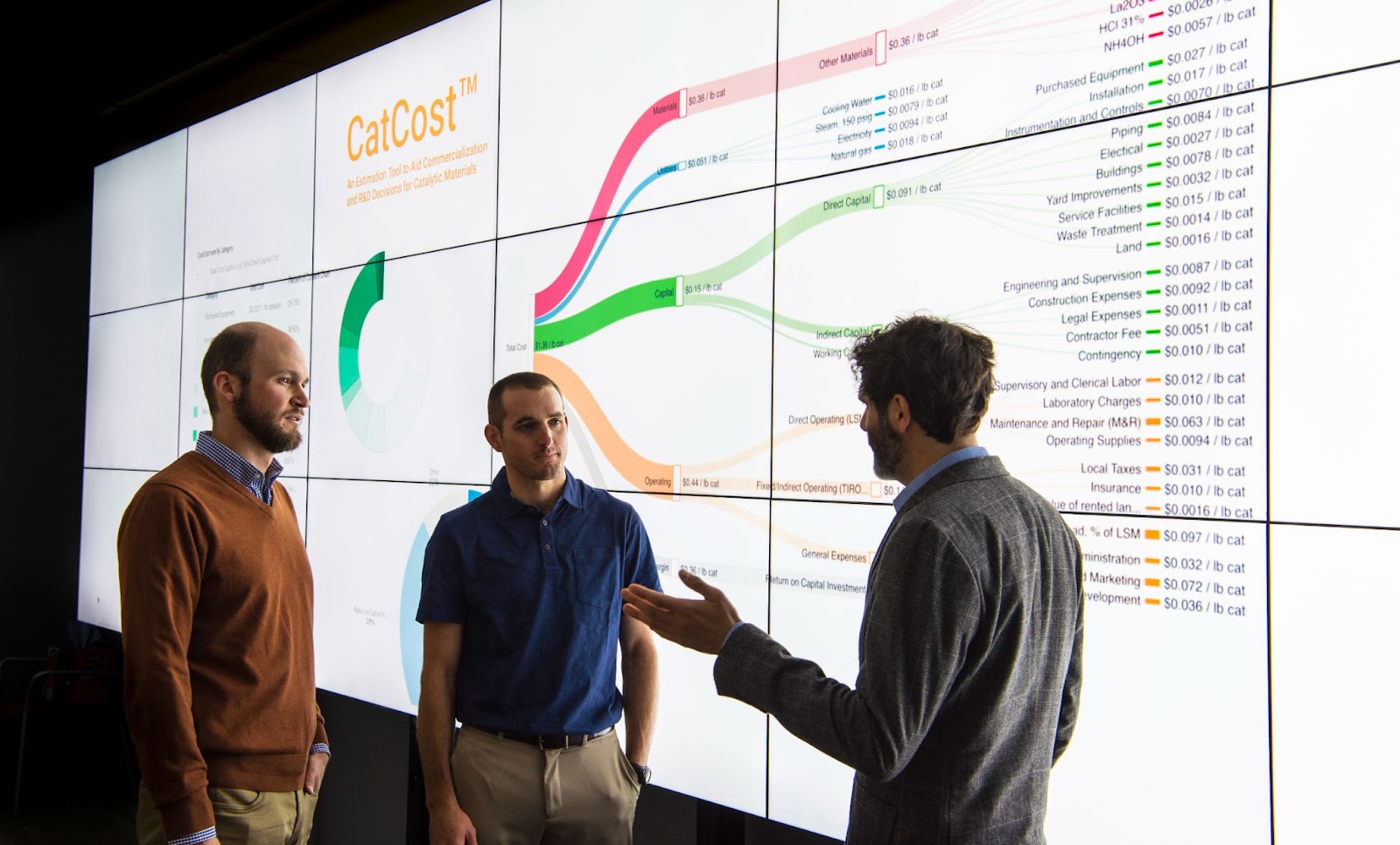The future brings many questions and challenges to the energy industry. More extreme weather events and stricter clean energy rules raise concerns about whether resources will be enough and systems will remain reliable. New technologies continue to be introduced, world events can change things quickly, and change itself is the one thing the industry can always expect. Modeling and simulation give energy professionals the tools to make smart decisions about the future—both in the short term and long term. But for modeling and simulation to be useful, they need good data. The quality of the data plays a big role in how accurate the modeling results will be.
The goal of energy modelling is to show how systems will behave in certain situations. These results are only useful if the data going into the model is reliable. This raises the question: what exactly makes data “quality” data, and what kind of effort does it take to produce it?
The Data Engineering Process
First, the needed data must be collected from different sources. To build an energy model, this could include price forecasts, generator details, locations (nodes), demand forecasts, and plans for expanding resources. But simply collecting data is not enough. It must also be organized and changed into a format that the model can use. This process is called data engineering, and it takes a lot of time and effort. If the model covers multiple regions, the data will likely come in many formats. Generator names and details may not match from one source to another. If the model includes more than one country, the data may also be in different languages. On top of that, the data may be missing key information or have mistakes that need to be corrected.
Model Building and Calibration
After the data has been cleaned and put into a standard format, the model is built according to the needed specifications and deadlines. But building the model is not the final step. The data and the model both need to be checked and adjusted. This is called calibration and validation. In this part of the process, past situations are recreated in the model to compare the simulated outcomes with what really happened. This helps confirm that the model and data reflect how the real systems behave.
Keeping the Data Up to Date
With a working model and a good dataset, you can begin running different scenarios to help with planning and decision making. But if you want to use the model over a long period—as most do—the data must be updated regularly to stay accurate. This means the steps described above need to be repeated. While it may not take as much time as the first model build, keeping the model and dataset up to date still requires consistent work.
Support from a Dedicated Data Team
High-quality data is key to building a good model. That is why a dedicated data team works throughout the year to build and maintain datasets for energy companies around the world. This helps customers save time and focus their efforts on important tasks like modeling, analysis, and planning for the future. Creating a reliable dataset can take several months—and that dataset will need regular updates afterward.
By allowing experienced teams to handle the time-consuming work of gathering and preparing data, companies can use their own resources to focus on their specific goals. Instead of spending time on basic data tasks, they can focus on adding their own data to the model and carrying out deeper analysis to support better decisions.
Each dataset is built through a careful process and is tested and fine-tuned before it is shared with customers. Along with the datasets, documentation is provided that explains where the data came from, how it was cleaned, what model assumptions were made, and how the results were checked—all of which is updated on an ongoing basis.


